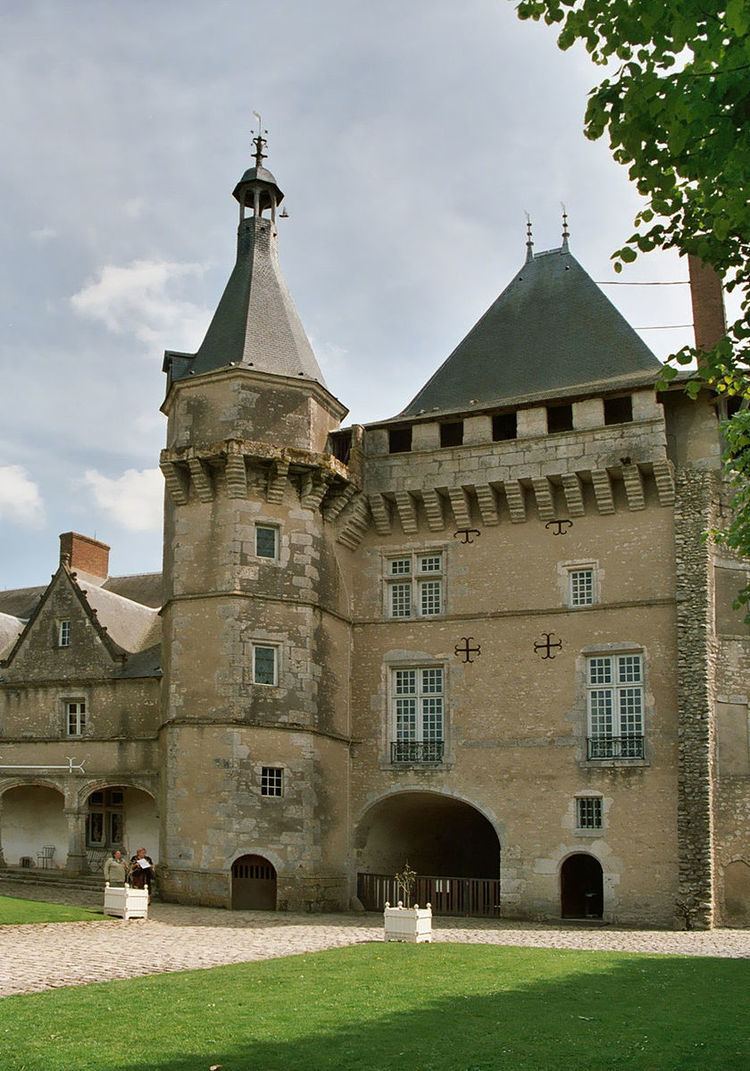Phone +33 2 54 81 03 01 | ||
 | ||
Hours Closing soon · 10AM–12:30PM, 2–5PMFriday10AM–12:30PM, 2–5PMSaturday10AM–12:30PM, 2–5PMSunday10AM–12:30PM, 2–5PMMonday10AM–12:30PM, 2–5PMTuesday10AM–12:30PM, 2–5PMWednesday10AM–12:30PM, 2–5PMThursday10AM–12:30PM, 2–5PM Similar Château de Fougères‑sur‑Bièvre, Château de Beaurega, Château de Villesavin, Château de Troussay, Château de Montpoupon Profiles | ||
The Château de Talcy is a historical building in Talcy, Loir-et-Cher, France. It lies on the left bank of the Loire River, in the Loire Valley, known for its 16th-century châteaux. It was commissioned around 1520 by Bernardo Salviati, a Florentine condottiero and cardinal with connections to the Medici family. The château, which is embedded in the village to one side, where the village church forms one side of the courtyard, is more Gothic in its vernacular feeling than might be expected in a structure built for an Italian patron at the height of the Renaissance.
Contents
Po sie talcy ch teau de talcy
History
The estate is better known in literary rather than architectural history. Salviati's daughter and granddaughter, Cassandre and Diane, were the muses of two leading French poets of the time, Pierre de Ronsard and Théodore-Agrippa d'Aubigné, respectively. Ronsard fell in love with the 15-year-old Cassandre in 1552, during his stay at Talcy. He dedicated to her some of the best known sonnets in the French language. D'Aubigné, a neighbour of the Salviati, composed for Diane in 1571 the collection of sonnets, ballads, and idylls entitled Le Printemps and at her death the finest of his poems, Les Tragiques.
Among the outbuildings preserved from the 16th century are a presshouse and a dovecot; there is also a traditional vegetable garden. In the château is the "chambre de la Médicis" where Catherine de' Medici and her son Charles IX are said to have planned the Massacre of Saint Bartholomew's Day during the "conference of Talcy" 28 and 29 June 1572.
The Salviati retained the ownership of the estate until 1682. Henceforth it passed through a succession of owners, including Philipp Albert Stapfer. In 1933 it was sold to the state, on condition that the 18th-century interiors would be preserved intact. The château is visited by 20,000 tourists annually.[2]
